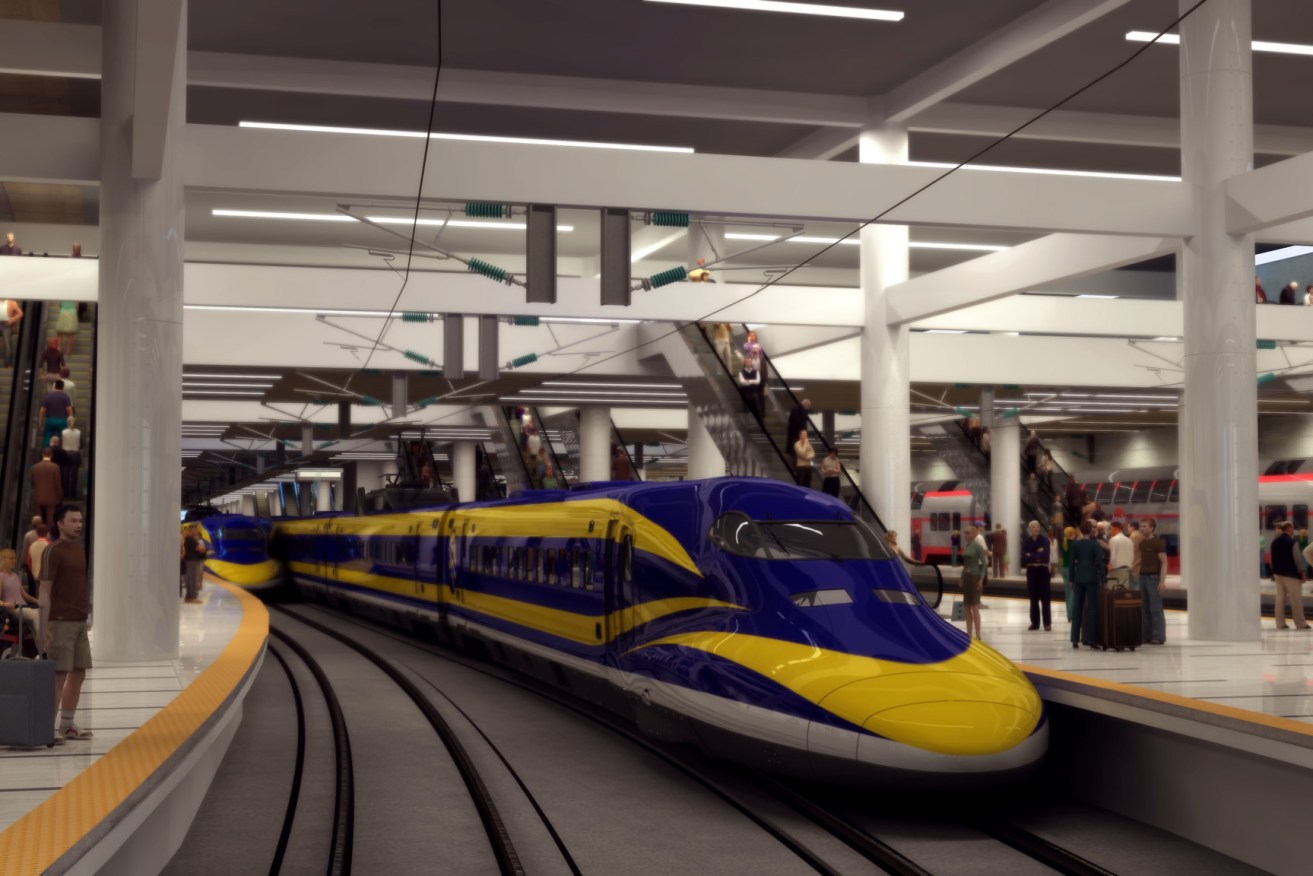A rubber stamp is one thing, but this is where our Games will be won and lost
One ingredient will make the recipe for a Brisbane 2032 Olympics a success – transport, writes Craig Johnstone


Rarely has a rubber stamp prompted such a rapturous response.
Despite months of assurances that last night’s IOC vote was a mere formality, and in defiance of the depressive depths to which some of the nation has sunk under COVID, the reaction to the news that Brisbane would host the 2032 Olympics was one of unabashed joy.
So, now for the hard part.
The 2032 Olympics promise to deliver more to south-east Queensland than just a two-week party.
Driving the effort to win the Games bid from the start has been the notion that the event will ensure all governments pay attention to the region’s public infrastructure needs, particularly transport.
As former Lord Mayor Graham Quirk says elsewhere on this site, the local mayors and civic leaders who started the bid were convinced that what was needed to drive infrastructure investment was a common purpose among government, business and the general public.
The Games are set to provide that common purpose to build the rail, roads and fibre the region needs and provide justification for a public spend that would not be politically possible were it not for the ultimate goal of staging a successful Olympics.
The effort involved in preparing for and staging an Olympic Games is daunting, obviously. The detail of what would go into such an effort is outlined in the 265-page feasibility study produced by the Council of Mayors in 2019, which explores everything to do with the Olympics from event venues to legal and commercial protection for Games sponsors.
But, as most research into Brisbane’s preparedness for such an event notes, the region has been here before. The Gold Cost Commonwealth Games in 2018 was a recent example of all three levels of government working together to stage a multi-billion dollar international sporting event involving thousands of athletes and other participants.
That event had a net operating cost of $1.2 billion, compared with the significantly cheaper $900 million net cost the study estimates for the 2032 Olympics and Paralympics.
While it’s true that the Games themselves will take place in mostly existing or revamped venues and stadiums, what isn’t factored in is the investment in public transport and other infrastructure proposed for the region over the next decade – the so-called legacy opportunities that Brisbane 2032 will produce.
Barcelona’s hosting of the 1992 Olympics led o a rejuvenation of its now globally famous waterfront district and a turbo-charging of its tourism potential. Both Sydney (2000) and London (2012) used their Olympics as a springboard to redevelop previously blighted parts of the city.
The 2004 Athens Games spurred a new public transport metro, as did the 2016 Rio Games. The list goes on.
For SEQ, the Olympics should provide the key to unlock much-needed transport infrastructure links to improve the productivity of the existing network and, it is hoped, break the stranglehold that private car use has when it comes to getting around the region.
The COVID pandemic has only tightened that stranglehold. While car trips mights have been quicker for some in the pandemic’s early stages as people settled in to work from home, by February this year congestion on the roads was worse than before COVID hit.
Pre-pandemic estimates put the cost of congestion in SEQ by 2031 at $6 billion a year. The Olympics provide at least a chance to avoid such a future.
According to the council of mayors, the list of investments the Games will encourage includes new road projects in the Brisbane area, upgrades of significant regional road corridors, the Brisbane Metro, Cross River Rail, light rail on the Sunshine Coast, the extension of light rail on the Gold Coast, a Bus Rapid Transit solution through to Toowoomba, and the proposed Faster Rail system to Ipswich, Sunshine Coast and Gold Coast.
All that is going to cost a lot more than $900 million.
Seen through the lens of getting people around during the Olympics, however, all these projects are crucial. The Brisbane bid’s feasibility study estimated that an SEQ Olympics will require a 75 per cent surge in public transport trips, compared with the mere 16 per cent surge experienced in London in 2012.
These figures show that, while it might be time to party now, the Olympics job has only just begun.












